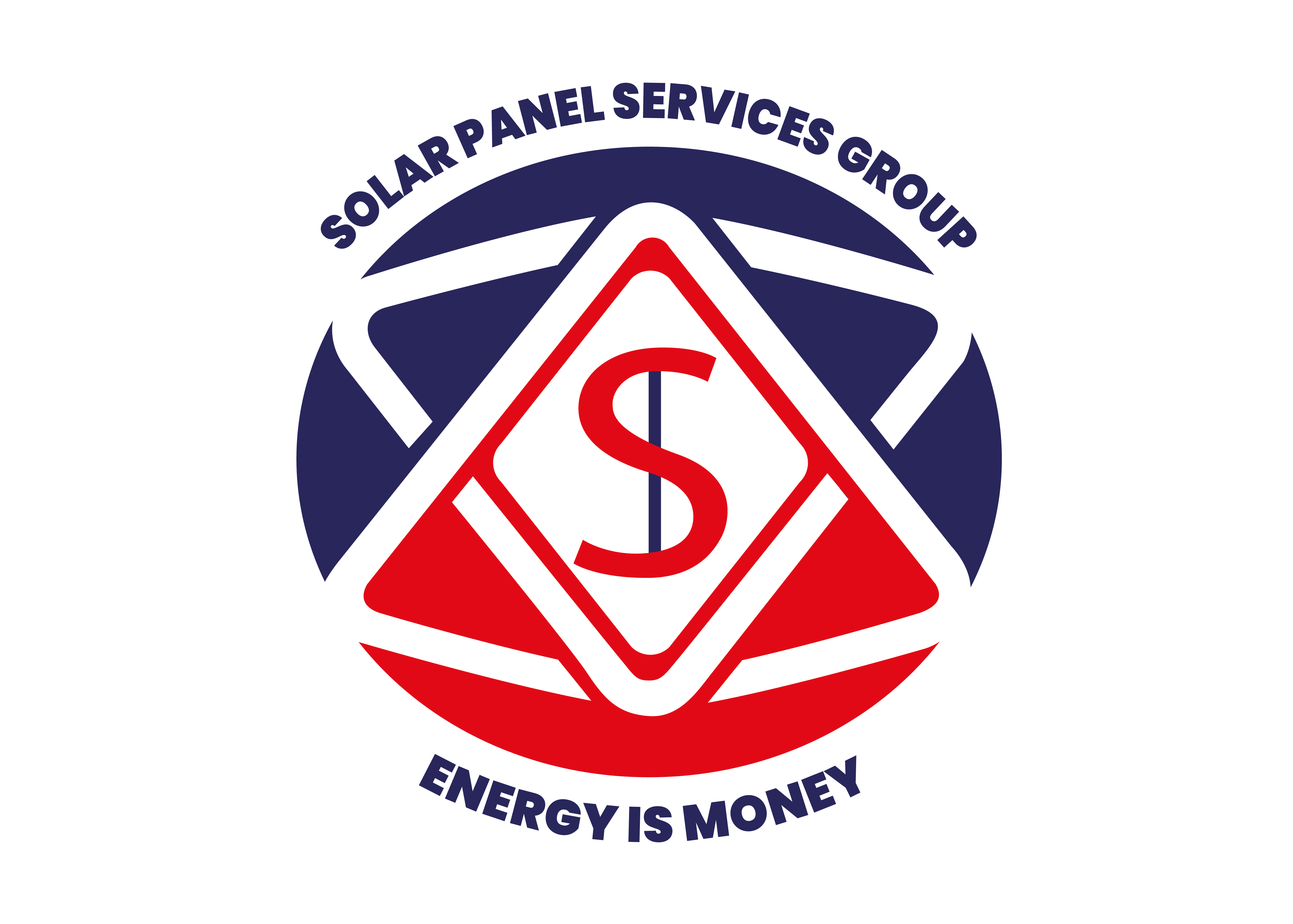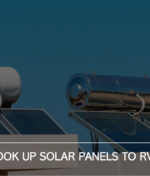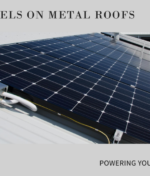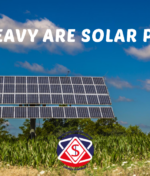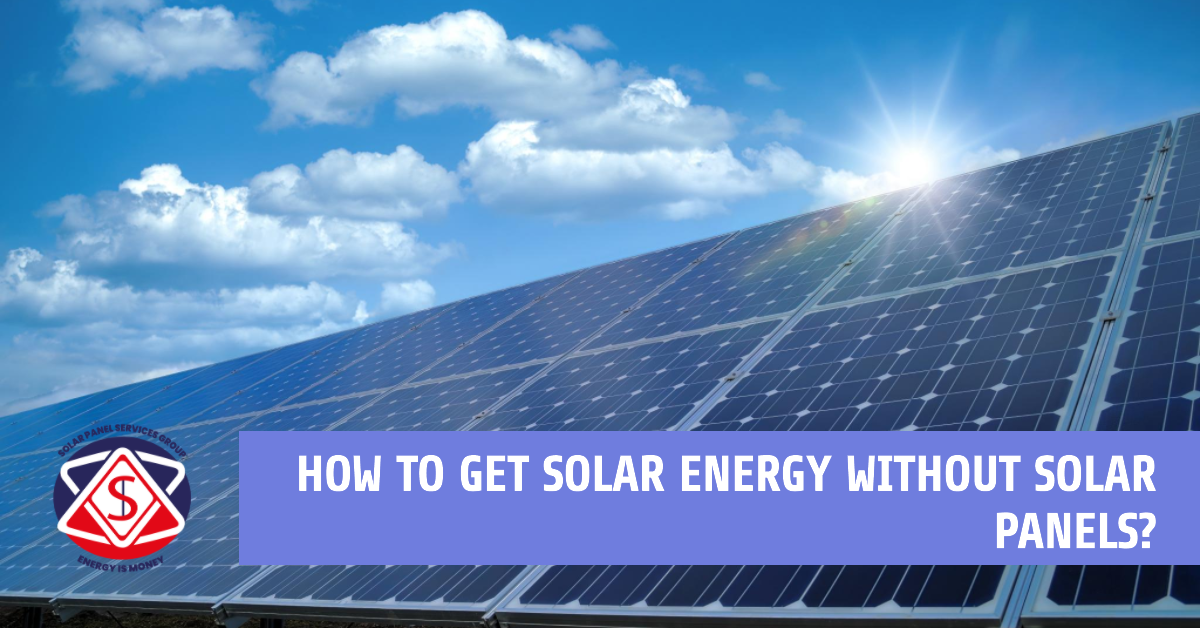
how to get solar energy without solar panels | solar panel service group
Unlock the power of the sun in innovative ways! Learn how to get solar energy without solar panels on our website. Explore eco-friendly solutions for a brighter, sustainable future.
In the ever-evolving world of renewable energy, the quest for sustainable power sources is becoming increasingly vital. Solar energy is undoubtedly a prominent contender in this arena, with its promise of clean, renewable, and cost-effective electricity generation.
While traditional solar panels are the most recognizable method of harnessing solar power, there are alternative ways to tap into the immense potential of the sun. In this article, we explore innovative and efficient methods for acquiring solar energy without the conventional solar panels.
The Sun’s Abundant Energy
Before delving into the alternative methods, it’s crucial to understand the boundless energy resource that the sun represents. Each hour, the sun radiates more energy onto the Earth’s surface than the entire world consumes in a year.
This staggering fact underscores the potential for tapping into solar energy for a wide array of applications. However, the conventional solar panel setup might not always be the most practical solution. That’s where alternative methods come into play.
Solar Thermal Systems
A Sustainable Heat Source
Solar thermal systems offer a compelling way to harness solar energy without relying on traditional photovoltaic panels. These systems use sunlight to produce heat directly, which can then be converted into electricity or used for various applications.
The key components of solar thermal systems are collectors that absorb sunlight and transfer the heat to a fluid. This heated fluid can then be used to power engines, generate electricity, or heat water for residential and industrial use.
Types of Solar Thermal Collectors
Flat-Plate Collectors: These are the most common solar thermal collectors, consisting of a flat, dark-colored absorber plate enclosed in a transparent cover. Sunlight is absorbed, and the heat is transferred to a fluid running through the collector.
Concentrating Collectors: These collectors use mirrors or lenses to concentrate sunlight onto a small absorber, resulting in much higher temperatures. Concentrating collectors are often used in power plants to produce steam for electricity generation.
Advantages of Solar Thermal Systems
High Efficiency: Solar thermal systems are known for their efficiency in converting sunlight into heat. They can achieve temperatures significantly higher than those obtained by photovoltaic panels.
Versatility: These systems can be used for a wide range of applications, including heating water, space heating, and electricity generation.
Energy Storage: Heat can be stored for later use, making solar thermal systems a reliable energy source even during cloudy days or at night.
Concentrated Solar Power (CSP)
A Large-Scale Energy Solution
Concentrated Solar Power, or CSP, is a powerful approach to harnessing solar energy. It involves using mirrors or lenses to concentrate sunlight onto a small area, generating intense heat. This heat is then used to produce steam, which drives turbines to generate electricity. CSP is particularly suitable for large-scale power generation and is gaining prominence in desert regions with ample sunlight.
Key Components of CSP Systems| How to get solar energy without solar panels?
Solar Collectors: These are arrays of mirrors or lenses that focus sunlight onto a specific point, typically a receiver located on a tower.
Heat Storage: Some CSP systems incorporate thermal storage, allowing them to continue generating power after sunset.
Power Block: This component includes a steam generator, a steam turbine, and a generator, turning the heat into electricity.
Advantages of Concentrated Solar Power
Scalability: CSP can be deployed at various scales, making it suitable for both utility-scale power plants and smaller, distributed systems.
Consistent Power Generation: The inclusion of thermal storage enables CSP systems to generate power around the clock.
Minimal Environmental Impact: CSP power plants can be designed with minimal land disturbance and reduced water consumption.
Integration with Architecture
Solar windows are an innovative and aesthetically pleasing way to capture solar energy. These windows are embedded with transparent solar cells that allow visible light to pass through while absorbing sunlight to generate electricity. Solar windows are a promising technology for both residential and commercial buildings, as they seamlessly integrate with architectural designs.
Benefits of Solar Windows
Energy Efficiency: Solar windows help reduce the need for artificial lighting and air conditioning, resulting in lower energy bills.
Aesthetics: They maintain the visual appeal of buildings while contributing to sustainability.
Sustainable Building Integration: Solar windows can be easily integrated into new construction projects and retrofitting existing buildings.
Final Thoughts
The pursuit of sustainable energy solutions has never been more critical. While traditional solar panels have played a pivotal role in this endeavor, there are alternative methods that offer exciting possibilities.
Solar thermal systems, Concentrated Solar Power, and solar windows all represent innovative ways to harness the sun’s abundant energy without relying solely on conventional solar panels. These alternatives cater to diverse needs and circumstances, providing a sustainable path toward a cleaner, greener future.
